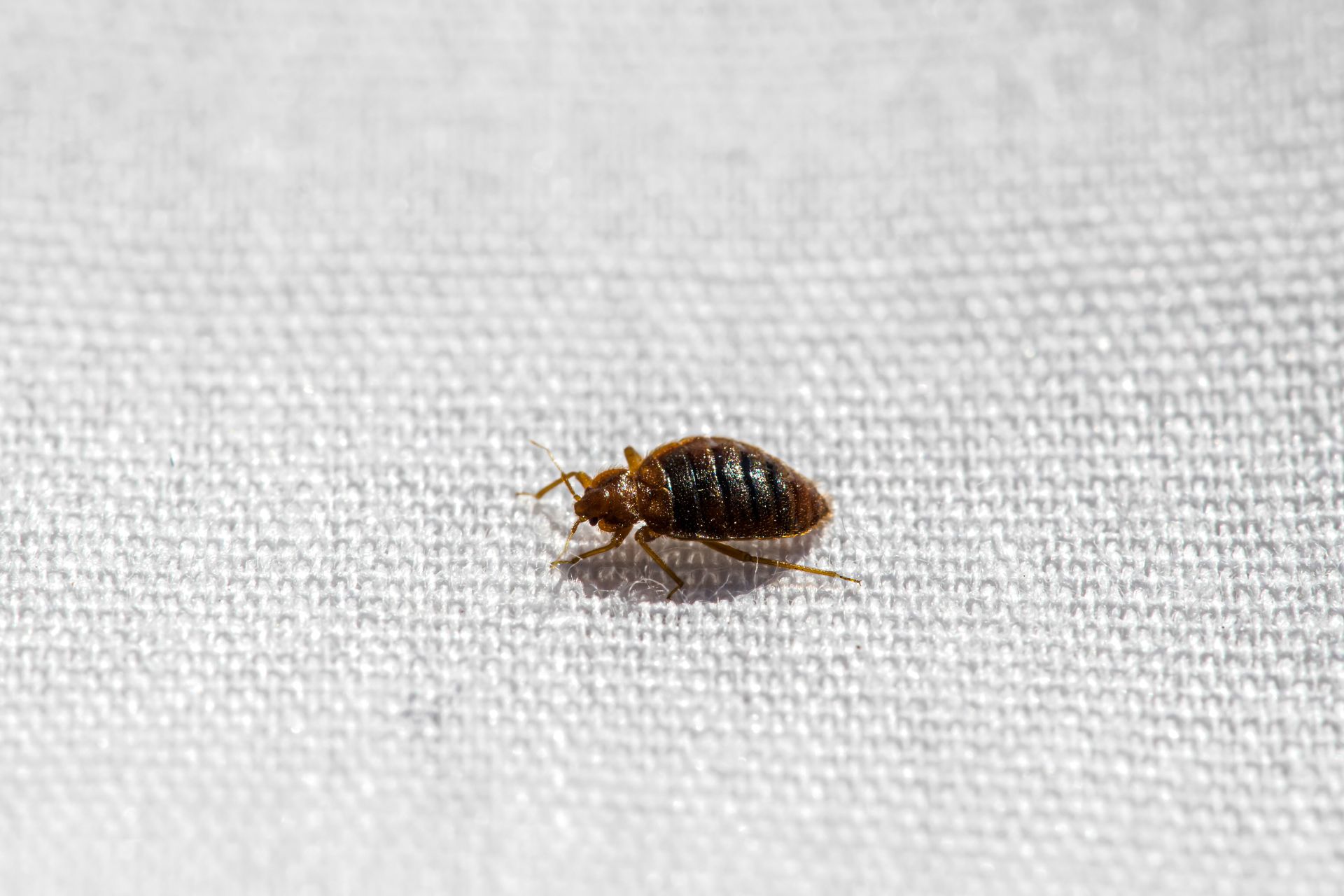Common Bathroom Bugs: Small Black Bugs In Bathroom

Small black bugs in your bathroom can be a source of concern and frustration. These tiny invaders often appear mysteriously, leaving homeowners wondering how they got there and what to do about them. While many types of bugs can find their way into your bathroom, some are more common than others. This guide will help you identify these common bathroom bugs and understand their behavior, providing you with the knowledge to effectively address the problem.
Identifying Common Bathroom Bugs, Small black bugs in bathroom
- Drain Flies: Also known as moth flies, these small, dark-colored flies are often found in bathrooms and kitchens. They have fuzzy, moth-like wings and are attracted to damp, organic matter. They typically measure 1/8 to 1/4 inch in length and have a dark gray or black color. They are often seen flying around drains or sinks, especially after they have been used.
- Fruit Flies: These tiny, dark-colored flies are attracted to overripe fruit, fermenting liquids, and other decaying organic matter. They are typically 1/8 to 1/4 inch long and have reddish-brown eyes. Their wings are clear and they have a distinctive “darting” flight pattern.
- Silverfish: These small, wingless insects are about 1/2 to 3/4 inch long and have a silvery-gray color. They have elongated bodies and long, thin antennae. They are nocturnal and prefer dark, damp environments, making bathrooms an ideal habitat. Silverfish feed on organic matter, such as paper, glue, and even dead insects.
- Booklice: These tiny insects are often mistaken for silverfish due to their similar size and appearance. They are typically 1/16 to 1/8 inch long and have a pale, yellowish-brown color. They have a flattened, oval-shaped body and lack wings. They prefer dark, humid environments and feed on starchy materials like wallpaper, book bindings, and mold.
- Carpet Beetles: These small, oval-shaped beetles are about 1/16 to 1/8 inch long and have a dark brown or black color. They are often found in bathrooms because they are attracted to carpets, rugs, and other fabrics. They feed on natural fibers like wool, silk, and fur, and their larvae can damage these materials.
Prevention and Control Measures
Preventing and controlling bathroom bug infestations requires a multifaceted approach that addresses both sanitation and environmental factors. These measures aim to eliminate potential food sources, restrict access to the bathroom, and create an environment that is less attractive to bugs.
Preventive Measures
A proactive approach to preventing bathroom bug infestations is crucial. The following checklist Artikels key measures to implement:
- Regular Cleaning and Sanitization: Thorough cleaning of the bathroom is essential, particularly focusing on areas where moisture and food sources are prevalent. This includes wiping down surfaces, cleaning sinks, toilets, and bathtubs, and removing any spills or debris immediately.
- Moisture Control: Bathroom bugs thrive in humid environments. Ensuring adequate ventilation by using exhaust fans during and after showers or baths is vital. Repairing any leaks or drips promptly can significantly reduce moisture levels.
- Food Storage: Bathroom bugs are attracted to food crumbs, spills, and even toothpaste. Store food items securely in airtight containers and clean up any spills immediately.
- Sealing Entry Points: Inspect the bathroom for potential entry points for bugs, such as cracks in walls, gaps around pipes, and openings in the window or door frames. Seal these areas using caulk, weather stripping, or other appropriate materials.
- Garbage Disposal: Empty the bathroom trash can regularly, ensuring the bag is tightly sealed. Keep the trash can clean and away from areas where bugs may be attracted.
- Pet Food and Water: If pets are present, ensure their food and water bowls are cleaned regularly and stored in areas inaccessible to bugs.
Eliminating Existing Infestations
If a bathroom bug infestation has already occurred, prompt action is needed to eliminate the bugs and prevent their return.
- Vacuuming and Cleaning: Thoroughly vacuum the bathroom, paying particular attention to cracks and crevices where bugs may hide. Empty the vacuum cleaner bag or canister outside to prevent re-infestation.
- Diatomaceous Earth: Diatomaceous earth is a natural insecticide that can be used to kill bugs by dehydrating them. Apply it to areas where bugs are present, ensuring to avoid contact with skin and eyes.
- Pesticides: In severe cases, the use of pesticides may be necessary. Choose a pesticide specifically designed for bathroom bugs and follow the manufacturer’s instructions carefully. Always wear protective gear, such as gloves and a mask, when applying pesticides.
- Professional Pest Control: If the infestation is extensive or difficult to control, contact a professional pest control company for assistance. They have the expertise and tools to effectively eliminate the bugs and prevent future infestations.
Pesticides and Natural Remedies
The use of pesticides and natural remedies for bug control requires careful consideration.
- Pesticides: Pesticides can be effective in eliminating bug infestations, but they can also pose health risks to humans and pets. Choose pesticides specifically designed for bathroom bugs and follow the manufacturer’s instructions carefully. Always wear protective gear when applying pesticides and ventilate the bathroom thoroughly afterward.
- Natural Remedies: Natural remedies can be a safer alternative to pesticides, but they may not be as effective. Some commonly used natural remedies include peppermint oil, lavender oil, and diatomaceous earth. These remedies can be applied to areas where bugs are present, but they may need to be reapplied regularly for effectiveness.
